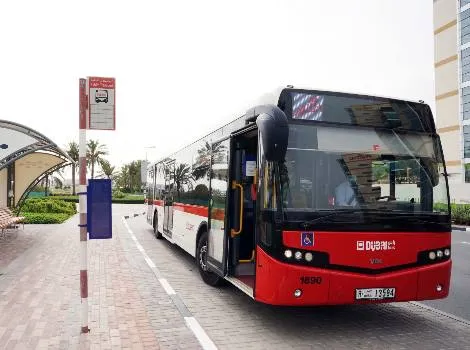Dubai’s Roads & Transport Authority (RTA) is keen on using cutting-edge technology to control and manage the movement of its mass transit systems, including buses. With the aim of providing advanced services to mass transit users in the Emirate, the Public Transport Agency implemented integrated intelligent systems solutions including the Automated Vehicle Management (AVM) system, which links both the internal and inter-city routes. According to Adel Shakeri, Director of Transportation Systems, RTA Public
October 17, 2012
Read time: 2 mins
According to Adel Shakeri, Director of Transportation Systems, RTA Public Transport Agency, the AVM system monitors the efficiency and performance of public buses in operation deployed on internal routes in Dubai, as well as those linking Dubai with other Emirates, and monitors their movement via sophisticated satellite-linked navigational systems connected with the bus control centre which is running 24/7 to provide full support to buses.
Each bus is being tracked to verify its on-time operation; drivers receive text messages to inform them of their schedule. The system offers three communication channels with the driver: voice communication, text messages and emergency contact. The system makes it easier for the driver as the driver’s monitor displays the scheduled route. The system also plays a crucial role in interfacing with other systems such as Nol Card system, and the real time passenger information (RTPI) system featuring 114 monitors deployed in the metro stations, public bus stations and several locations around Dubai.
Shakeri added, “The AVM system plays a pivotal role in transforming the planned trips timetables into realistic schedules meeting the needs of public bus commuters. Statistics recorded by the system for the period 2009 -2011 indicate that bus adherence to timetables rocketed from 16 per cent to 80.5 per cent, and the number of cancelled trips plummeted from 13 per cent to 0.8 per cent, which resulted in a drastic fall in the number of complaints filed by customers from 500 to only four complaints per month. It also contributed to reducing the number of kilometers done by 4 million km per month; which resulted in a reduction in environmental pollution in Dubai.”









